Accounting Information Systems MAC002: REA Diagram & Database
VerifiedAdded on 2023/06/10
|8
|502
|472
Report
AI Summary
This report provides an analysis of Accounting Information Systems using the Resource-Event-Agent (REA) diagram. It captures the components of economic transactions, emphasizing the role of agents in managing resources. The report details the database architecture, highlighting its suitability for a relational database and the importance of automatic and manual data input. The database structure, consisting of eleven tables normalized to the 3rd Normal Form, is thoroughly explained, including constraints like primary and foreign keys. The design process addresses many-to-many relationships by converting them into many-to-one and one-to-many relations, resolving anomalies and connecting tables using foreign keys. The report also includes a bibliography referencing various sources related to data stream management, enterprise architecture modeling, and database systems design.
1 out of 8

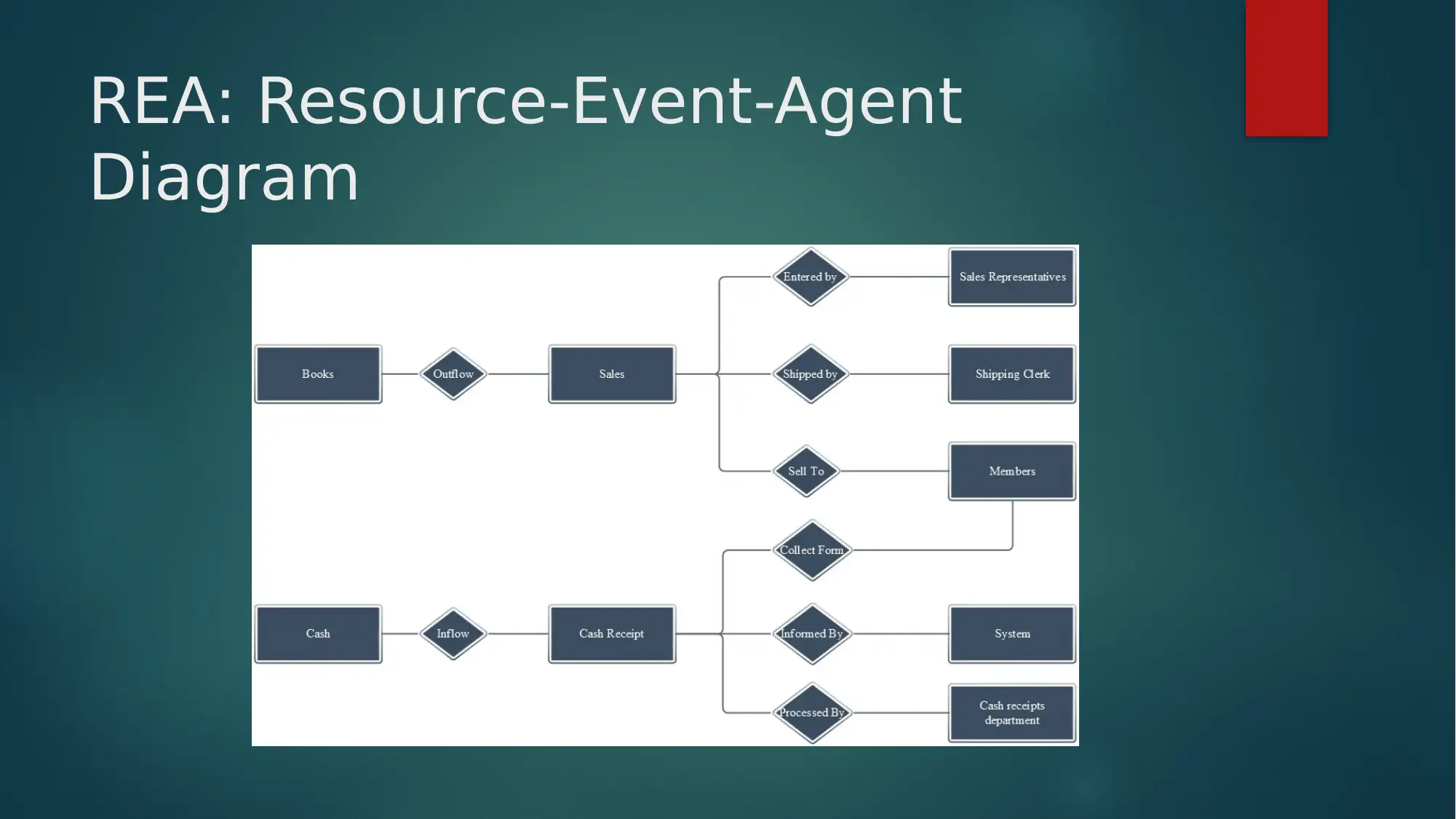
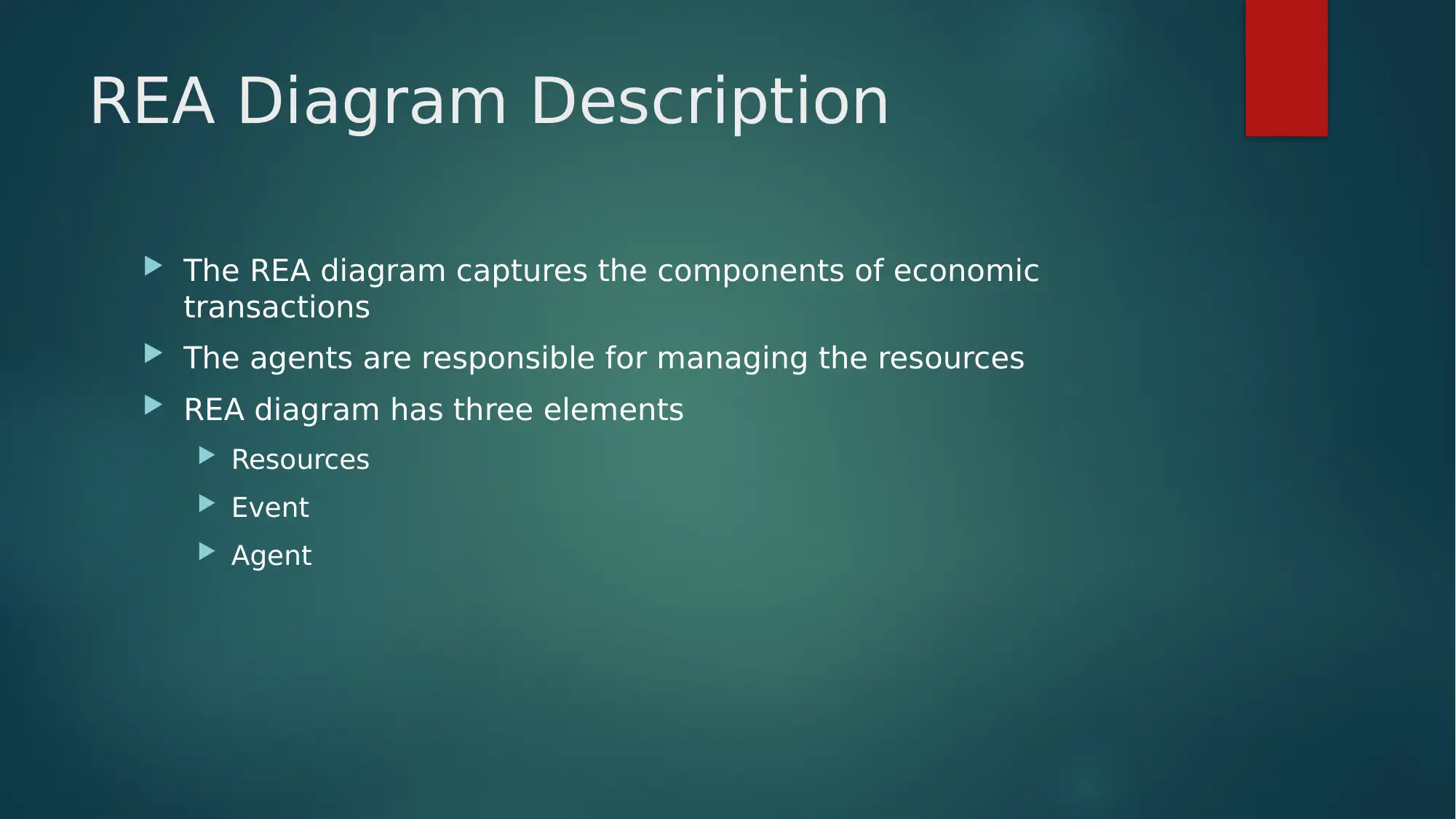

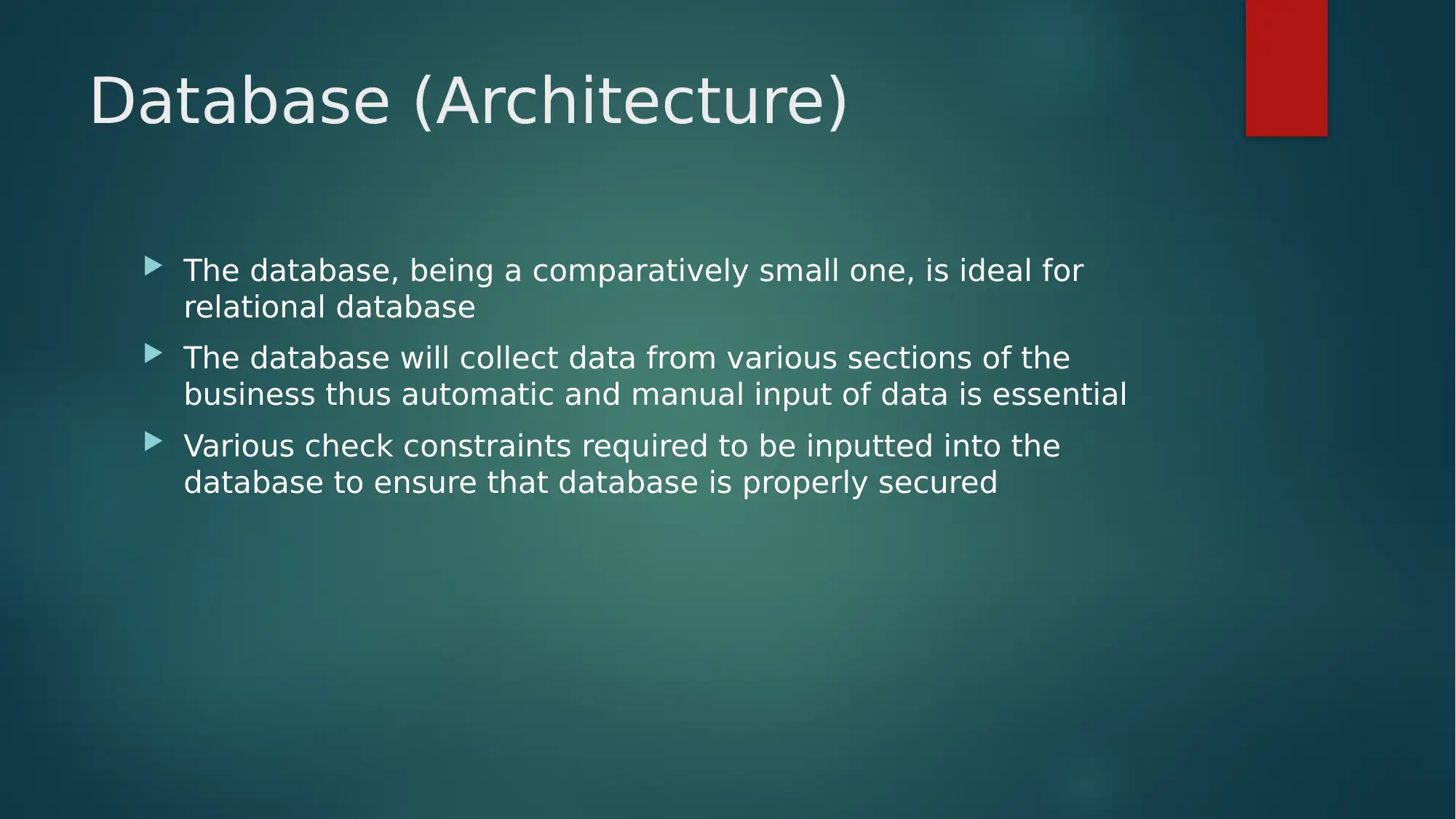
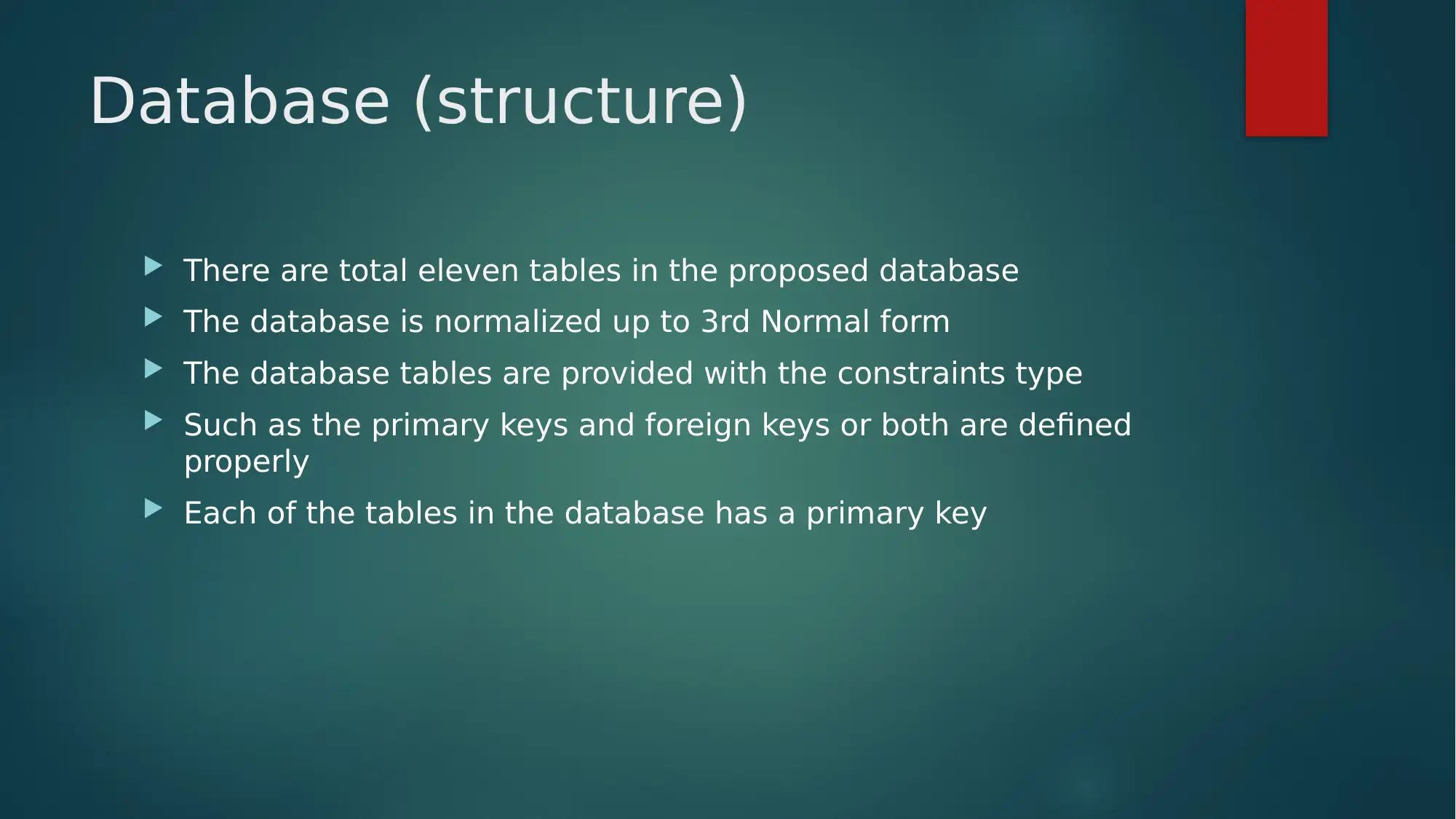
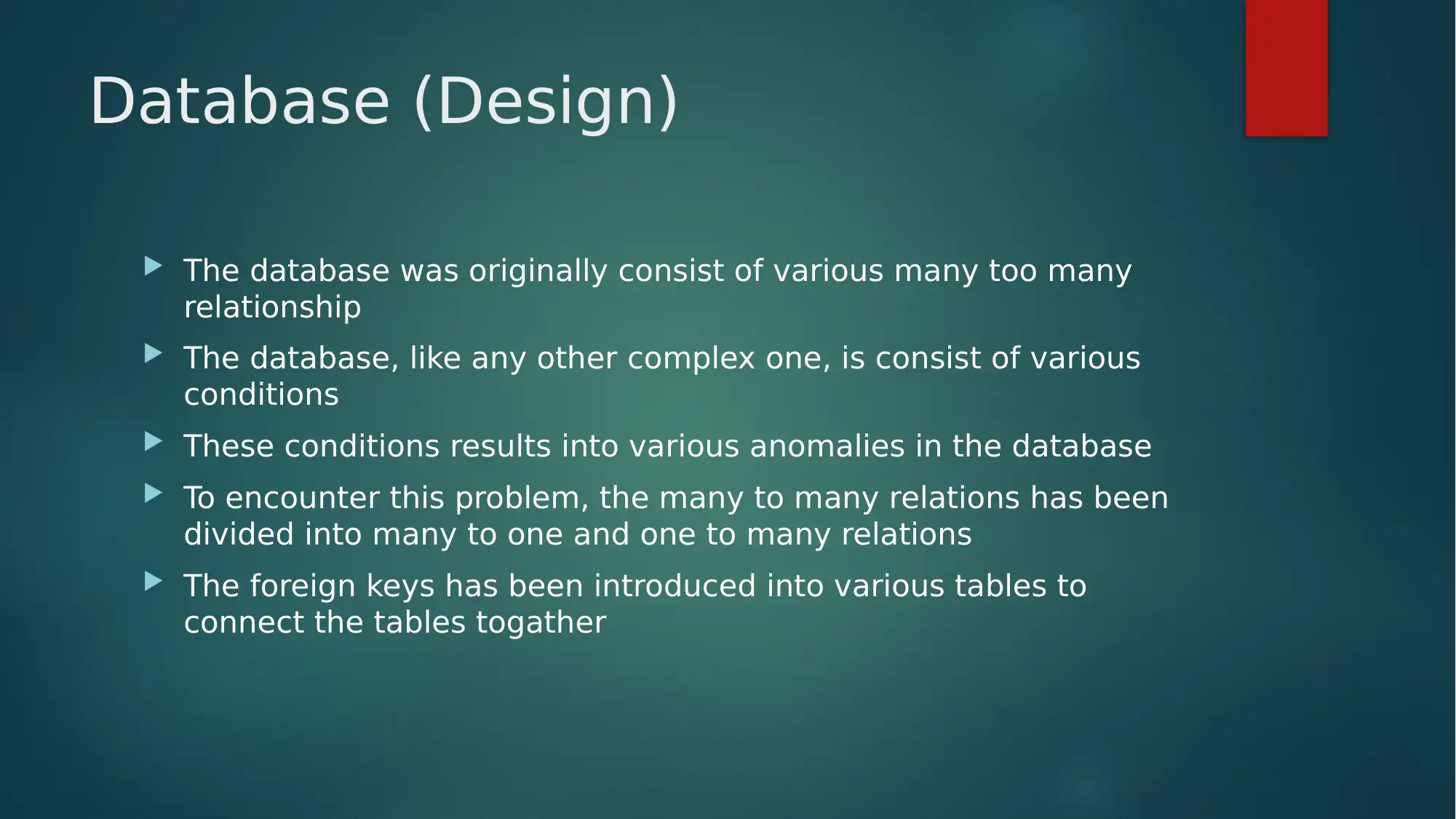
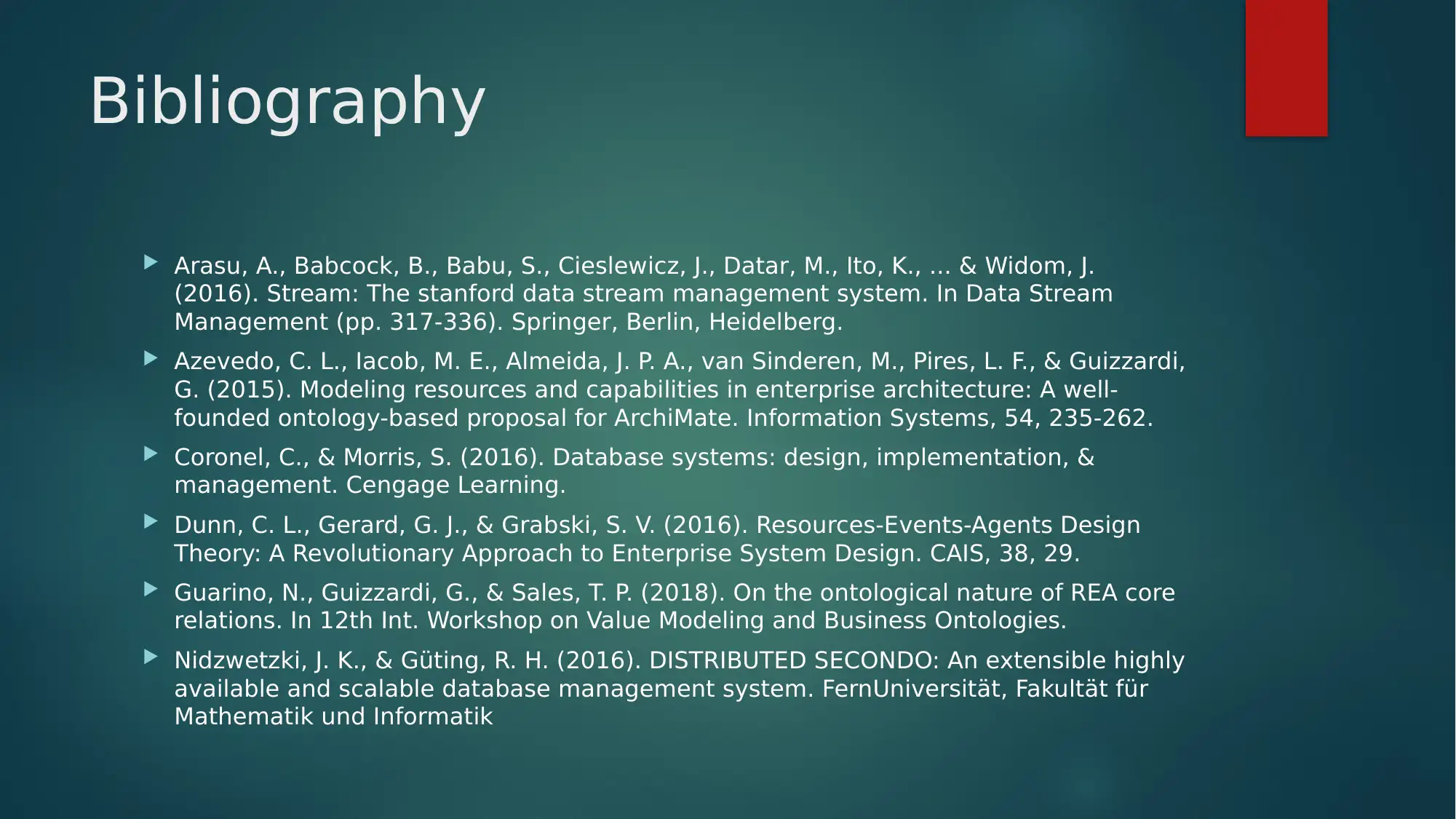







![[object Object]](/_next/static/media/star-bottom.7253800d.svg)